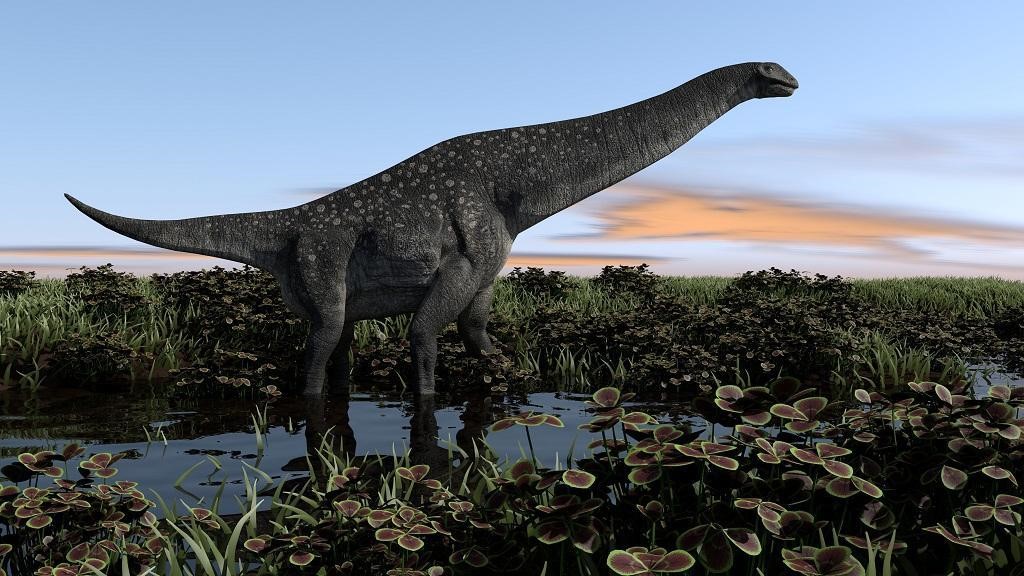Free Courses Sale ends Soon, Get It Now


Free Courses Sale ends Soon, Get It Now



Disclaimer: Copyright infringement not intended.
Context:
Titanosaurs:
Recent Findings:
Area of Discovery:
Significance of recent Findings:
© 2024 iasgyan. All right reserved